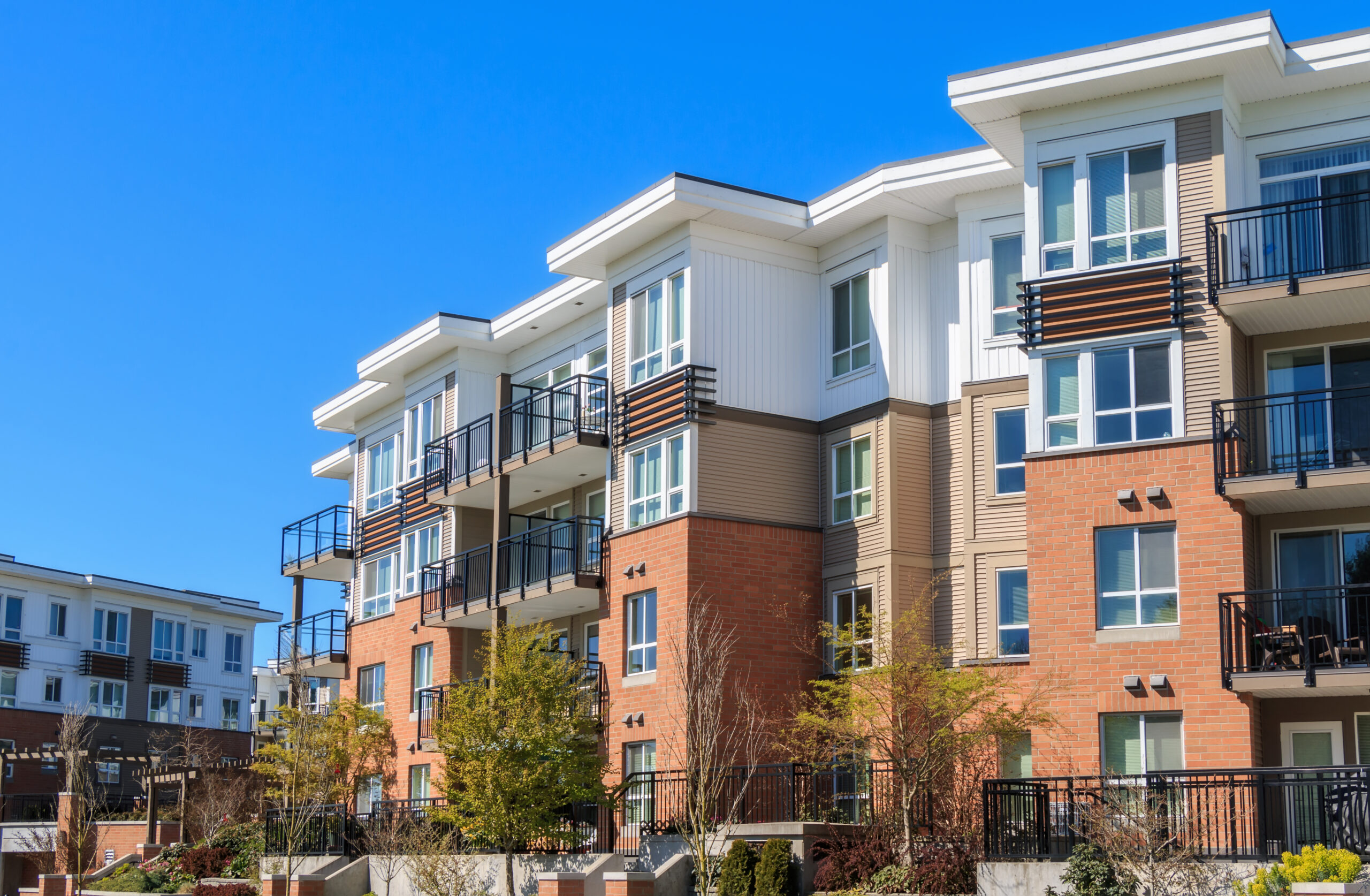
Natural disasters are becoming more frequent and severe, bringing new risks to multifamily properties. As hurricanes, floods, and wildfires become more common, getting the right commercial property insurance is becoming more complicated. With financial stability and property safety on the line, securing effective insurance is more critical than ever. In this post, we’ll look at the rising challenges of insuring multifamily properties in today’s changing climate.
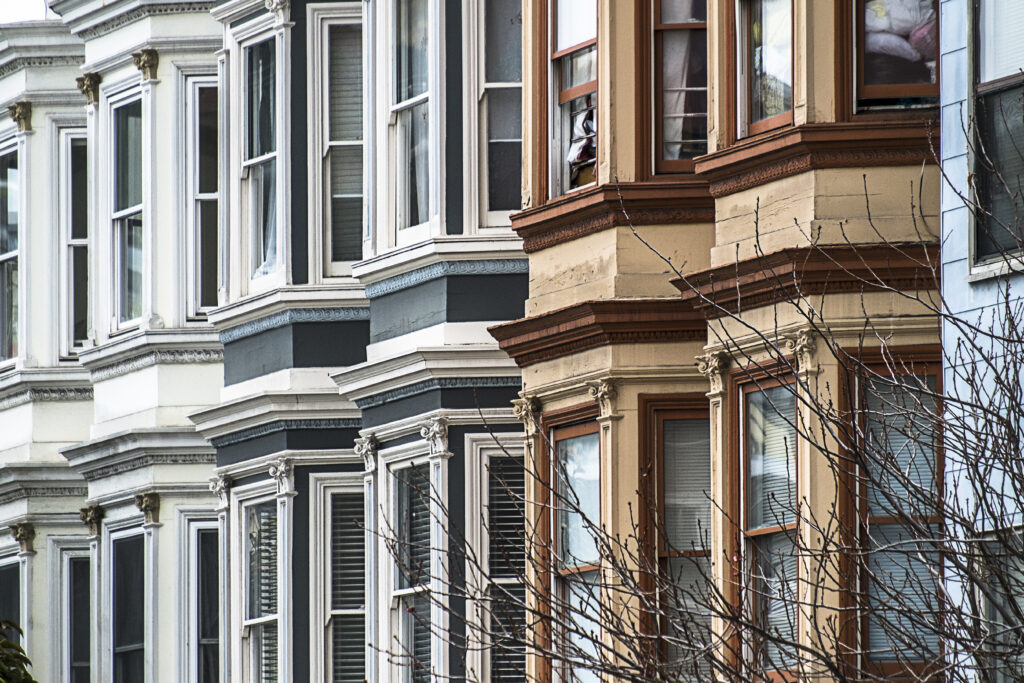
The Growing Threat of Natural Disasters and Its Impact on Insurance Costs
Natural disasters, including hurricanes, wildfires, floods, and earthquakes, are becoming increasingly frequent, impacting millions of residents across the United States. In 2023, disasters in the U.S. caused $92.9 billion in damages, showing the significant financial effects these events have on communities and infrastructure. This surge poses significant risks to multifamily properties, which house large numbers of residents and can incur extensive property damage during such events.
Challenges for Commercial Dwelling Insurance
As owners of this type of property, you encounter specific insurance challenges, particularly with the increasing frequency of natural disasters. Recognizing these challenges is essential for protecting your investments and keeping your residents safe.
- Coverage Gaps – Many multifamily property owners may discover that their current policies do not adequately cover certain types of natural disasters. For instance, standard insurance typically excludes flood damage.
- Underinsurance – Underinsurance is another prevalent issue among multifamily properties. As property values fluctuate and reconstruction costs rise, it is vital for owners to regularly update their coverage limits. An inadequate policy can leave property owners financially vulnerable, particularly in the aftermath of a disaster.
- Policy Exclusions – Natural disasters can trigger specific exclusions within insurance policies. For instance, many policies may include exclusions for acts of God, which can complicate claims after a disaster.
- Increased Premiums – Insurance companies frequently increase premiums in response to a rise in the frequency and severity of natural catastrophes. Multifamily property owners in high-risk areas may find it increasingly difficult to afford adequate coverage, forcing them to choose between higher commercial real estate insurance rates and insufficient protection.
- Pooled Insurance Risks – Even if your property is in a less risky area, you might experience rising commercial real estate insurance costs. Insurance companies often subsidize the cost of disasters by spreading this risk across non-catastrophe prone properties, which can lead to higher premiums for everyone.
- Growing Frequency of Extreme Weather – Experts anticipate that in the upcoming years, the frequency of extreme weather events will increase further, driving up the cost of commercial insurance. Properties in disaster-prone areas may see the steepest increases.
- Urban Density Risks – Multifamily properties in densely populated urban areas often face higher commercial property insurance costs due to increased risks from neighboring buildings. Damage from incidents like fires can affect multiple buildings, raising the overall risk profile for insurers.
- Lack of Customization – Many insurance policies for multifamily properties offer limited customization options, making it difficult for owners to tailor coverage to their specific needs. This one-size-fits-all approach can leave gaps in protection, exposing property owners to unforeseen risks and liabilities.
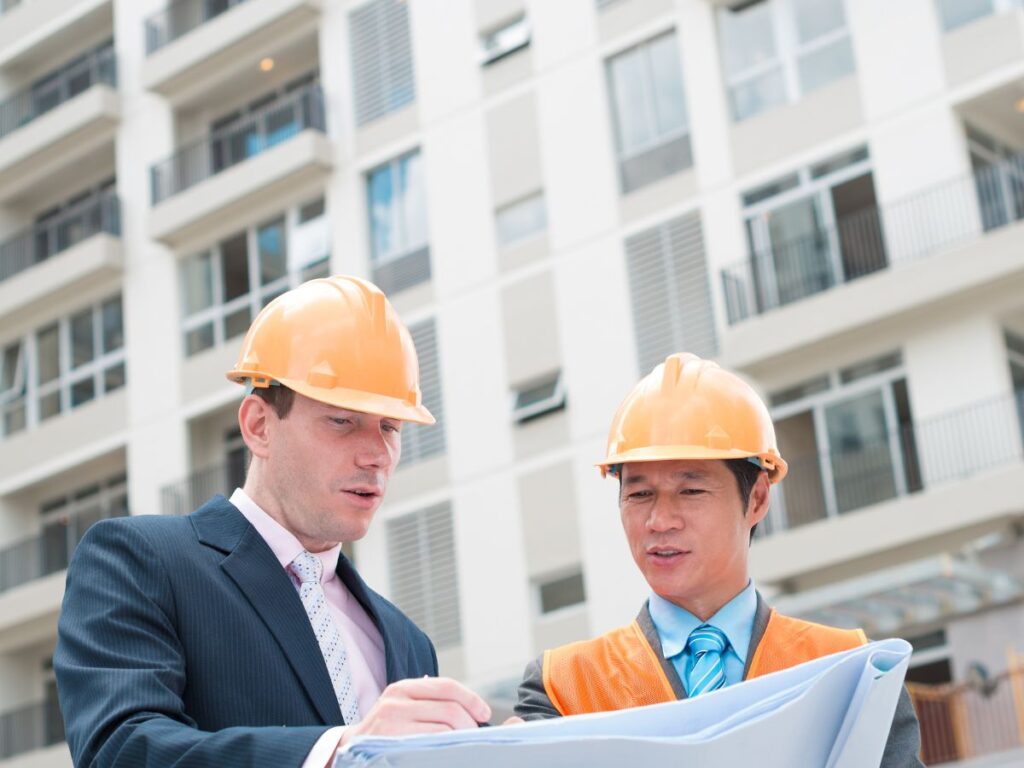
Commercial Property Insurance Guide: Key Solutions
If you are involved in multifamily properties, whether as an owner or management company, you face insurance challenges, especially with the increasing frequency of natural disasters. By adopting strategic solutions, you can protect your investments and ensure compliance with evolving regulations.
- The Importance of Regular Policy Reviews – Reviewing your policies frequently helps you stay informed about any changes to coverages and policy conditions. This practice allows you to adjust coverage as needed, ensuring that you are adequately protected against evolving risks.
- Staying Updated on Insurance Market Conditions – You should monitor insurance market conditions that can affect commercial real estate insurance rates and availability. Understanding these factors enables you to make informed decisions about your commercial property coverage and potentially negotiate better terms with insurers.
- Reviewing Lender and Contractual Requirements – For multifamily property owners, insurance requirements are typically driven by lender requirements or other contractual obligations. These coverages may include flood insurance in designated areas and other mandatory policies to ensure compliance and financial protection.
- Engaging with Experienced Insurance Solution Providers – Working with knowledgeable commercial property risk management solution providers can help you deal with complex insurance options. Commercial property insurance providers can provide insights into property insurance policy details, coverage limits, and best practices. To ensure your investment is well-protected, get a custom insurance quote with Avalon Risk Management. Our dedicated team is ready to assist you in finding the right coverage tailored specifically to your property needs.
- Regular Risk Assessments – Conducting regular risk assessments allows property owners to identify vulnerabilities and prioritize safety measures effectively. This proactive approach can help mitigate potential damages and reduce insurance costs over time.
- Investing in Risk Mitigation Strategies – Implementing risk management strategies can significantly reduce potential damages and claims. This includes:
- Emergency Preparedness Plan: This helps minimize damages and expedite recovery, leading to lower insurance claims and potential premium reductions.
- Flood Barriers: Protect against rising waters.
- Fire-Resistant Materials: Use fire-resistant landscaping and building materials to minimize wildfire risks.
- Structural Reinforcements: Enhance commercial buildings to withstand extreme weather events like hurricanes and tornadoes.
- Business Personal Property Protection: Ensure items like equipment, furniture, and supplies are properly insured and protected from potential disaster damage.
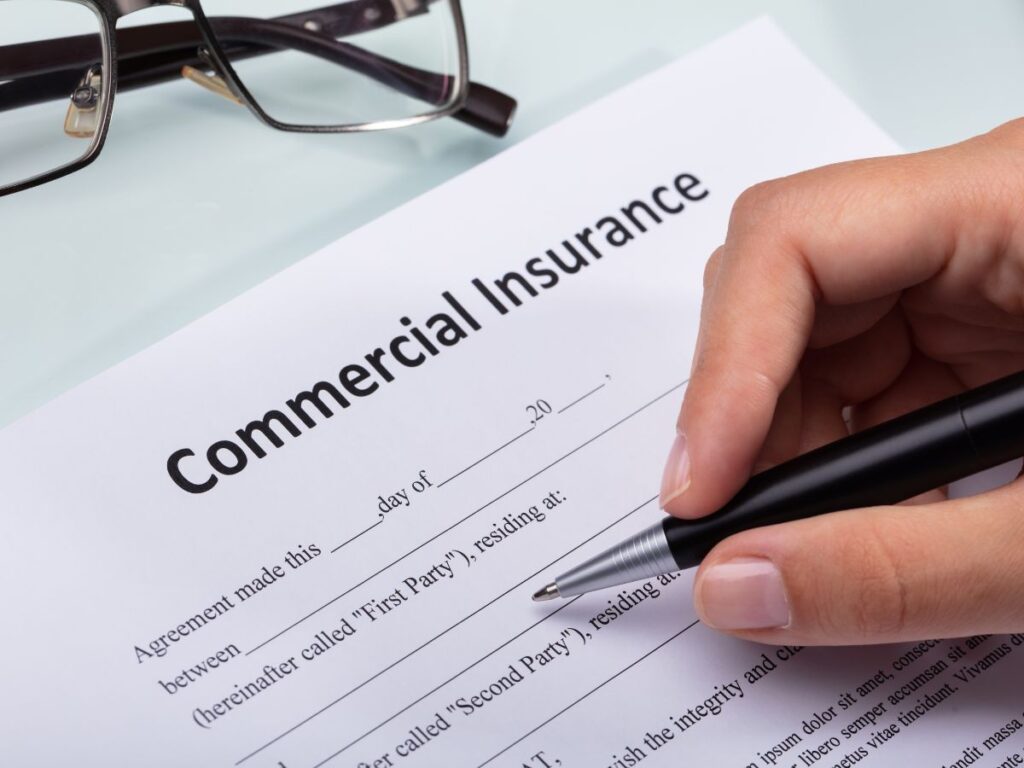
Importance of Commercial Property Insurance
Commercial property insurance protects multifamily property owners from financial losses brought on by unanticipated circumstances. It covers the physical structure and contents, enabling quick recovery after a loss. This insurance is essential for maintaining business operations and protecting ownership investments. Without adequate coverage, owners face extreme repair costs and lost rental income. Additionally, it provides liability protection against claims from tenants.
Frequently Asked Questions About Commercial Property Insurance
What distinguishes replacement cost from actual cash value?
Replacement Cost (RC) covers the expense of replacing destroyed or damaged property with new items of similar kind and quality without accounting for depreciation. In contrast, Actual Cash Value (ACV) provides coverage based on the depreciated value of the property at the time of loss, which usually results in lower payouts than replacement costs.
Does commercial building insurance cover business interruption?
Business interruption insurance, often included in commercial property insurance, compensates for lost income and operating expenses. This coverage is especially valuable when your business cannot operate due to a covered event, such as a natural disaster or fire.
What typically does commercial property insurance cover?
Commercial property insurance generally covers buildings and business personal property such as equipment and furniture. It may also include protection from natural disasters, theft, or vandalism. Policies can often be tailored to include coverage specific to the risks relevant to the business.
What are the various kinds of business insurance for multifamily properties?
For multifamily properties, lenders typically require a range of insurance coverages to protect both the property and the financial interests involved. These include:
- Commercial Property Insurance – Covers property damage from incidents like fire, storms, and vandalism.
- General Liability Insurance – Protects against tenant and visitor injury claims occurring on the property.
- Umbrella Liability – Offers extra liability protection beyond standard policies.
- Business Income Insurance – Helps cover lost rental income during repairs after a covered event.
- Building Ordinance Insurance – Covers the cost of complying with updated building codes after damage.
- Terrorism Insurance – Protects against damage and losses resulting from certified acts of terrorism.
- Equipment Breakdown Insurance – Covers repair or replacement of critical systems like HVAC or electrical equipment.
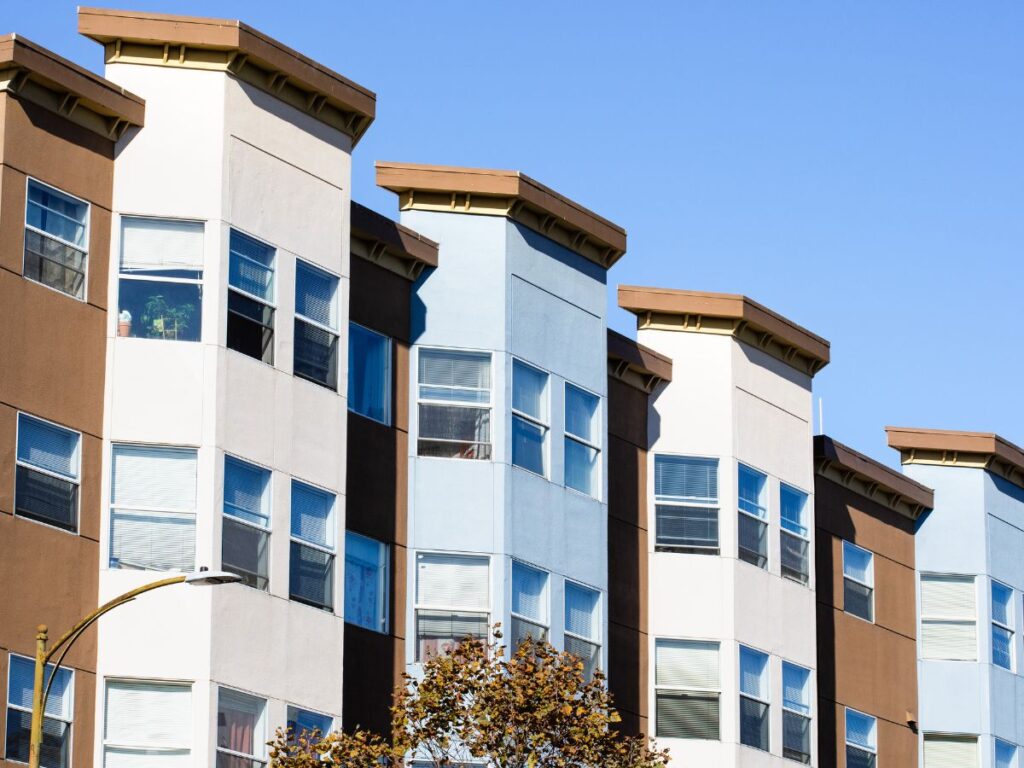
Prioritizing Comprehensive Business Property Insurance Coverage
Natural disasters are becoming more common, creating new insurance challenges for multifamily property owners. It’s important to understand these challenges to protect your investment and keep tenants safe. Regularly reviewing your insurance policies and working with experienced brokers can help you find the right coverage. Taking these steps will better prepare you for the financial impacts of natural disasters.
To ensure your multifamily investments are fully protected, reach out to Avalon Risk Management for a customized insurance quote.